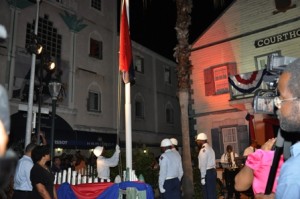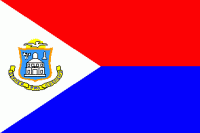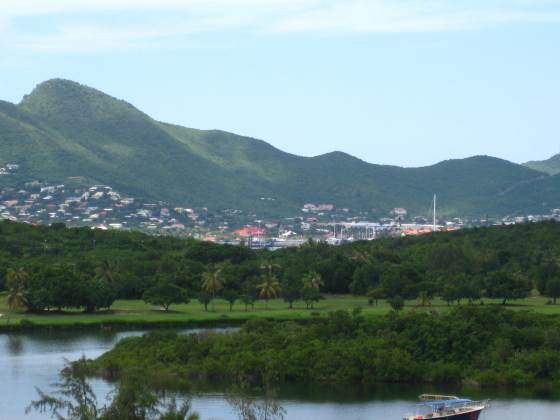10-10-10

On 10-10-10, St. Maarten celebrated with a flag-raising ceremony and fireworks as the Netherlands Antilles was disbanded and St. Maarten becomes a constituent country of the Netherlands.
With a history of 56 years, the Netherlands Antilles had been one of the three constituent countries that formed the Kingdom of the Netherlands, the other two being Aruba and Holland. Sint Maarten, along with Curacao, Bonaire, St. Eustatius, and Saba were the five island territories that made up the Netherlands Antilles.
With the dissolution of the Netherlands Antilles yesterday, two new constituent countries were born, country Curacao and country Sint Maarten, both of which join Aruba and Holland to become the four constitutionally equal partitions that make up the Netherlands. Saba, St. Eustatius, and Bonaire, once island territories of the Netherlands Antilles, are now island territories of Holland.
For the past decade and a half, the idea of the Netherlands Antilles as a unified political entity had never been very favorable for the people in Sint Maarten, who had to follow largely the laws of the capital in Willemstad, over five hundred miles away on the island of Curacao. In a 2000 Referendum, 69.9% of voters from St. Maarten voted to secede from the Netherlands Antilles, but remain part of the Netherlands as a separate constituent country. For the years following, the island had struggled to achieve this status, as initially there was great opposition from within the Kingdom about St. Maarten’s ability to succeed as a constituent country, which would give it equal partnership with the much larger constituent countries of Holland and Aruba. Nevertheless, with the efforts of island leaders like National Alliance leader Commissioner William Marlin, Sint Maarten became the smallest constituent country within the Kingdom of Netherlands yesterday, with a little over 40,000 people and 13.1 square miles.
What does this mean for Sint Maarten? While Sint Maarten remains a part of the Netherlands and continue to follow the laws and charter of the Kingdom, for the first time it receives its own constitution, prime minister (chosen by the people of St. Maarten), and governor (appointed by the Kingdom of the Netherlands). The former Island Council of the territory upgrades to become the Parliament of St. Maarten. The island has been granted more autonomy, with the ability to make more decisions over its internal laws and matters, and collect and use its own tax revenues (instead of it going to the other islands).
Congratulations to Sint Maarten on this remarkable achievement.













